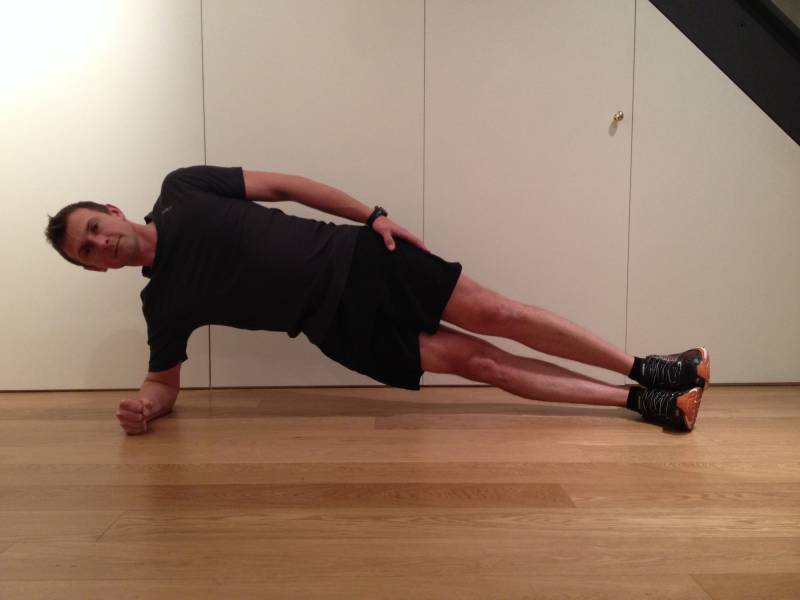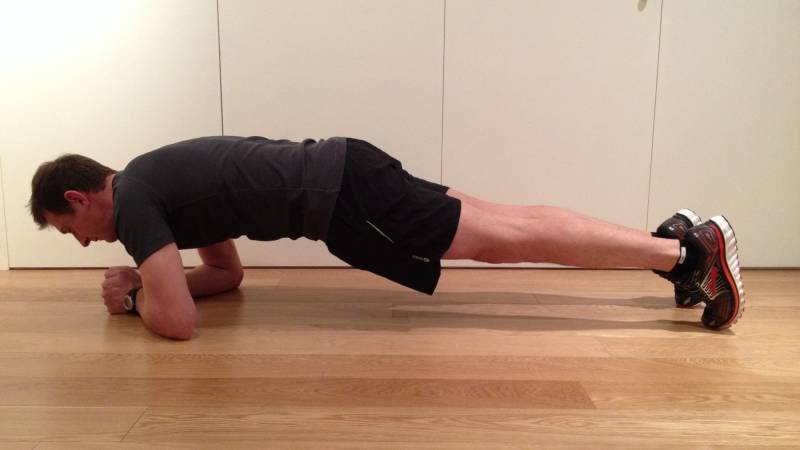Back to Front
An Article in the Sunday Times Style Supplement 1st November 2015 caught our eye. The article “Back on Track” stated that: “the spine is the fitness industry’s latest obsession”!
Pete Fraser Fitness trainer Huw Owen explains the background and importance of core stabilization and how any personal trainer worth their weight should already be taking the spine into consideration when planning your exercise progression.
For those of us that have been in the industry longer than we care to remember, the back has always been the main stay of ensuring that training is efficient, effective and safe. The back is the key area to all human movement. Our Skeletal system and especially our spine is the scaffolding on which this miracle machine, the body, depends on.
In 2002 the world health organisation recognised the lack of physical activity as a significant contribution to the risk of several chronic diseases including musculoskeletal pain of the lower back. Indeed, research shows us that lower back pain is more common now than it was 50 years ago. Lower back pain is the primary cause of working days lost and is seen as affecting 80% of all adults at some time. Lower back pain is predominant among workers in offices and all too often we see them using back supports on a daily basis on their chairs. Low back pain is seen in people who sit for long periods at a time and in those who are less active in general. This is directly related to the fact that people spend increasing amounts of time watching TV, using computers and the increased use of cars, buses, motorcycles, etc. instead of walking. All societies are becoming more and more sedentary in their life styles.
One of the first questions we at Pete Fraser Fitness ask in our initial fitness analysis is have you at any time had any problems with your back. This should be one of the first questions any professional personal trainer whatever their qualifications should ask. Good posture and core stability is of prime importance in any training regime, whether this is for field sports, long distance running or efficient, effective and safe weight training/lifting.
According to the aforementioned article the biggest ‘buzz words’ currently in the fitness industry are ‘posture’, ‘alignment’ and ‘biomechanics’. At Pete Fraser Fitness as sports scientists, these are our ‘key words’, words our clients/patients hear time after time. The efficiency of movement is of prime importance to us and to that end, all of our training programmes contain core stability movements. Simply training individual body parts is not enough. Strengthening the arms, shoulders and legs without ensuring that the abdominals and musculature of the back is strengthened and stretched, leads to a tight and weak system. The objective of training the core is to strengthen the deep and superficial muscles that stabilise, align and move the trunk, in other words, the mid-section of your body, especially the abdominals and muscles of the back. Physical therapists of all disciplines have always prescribed core exercises for patients with lower back problems, but more recently core training has become popular among athletes at all levels to help improve their sports performance. A weak core is a fundamental problem inherent to inefficient movement and may lead to injury. A properly designed core training programme helps individuals gain neuromuscular control, stability, muscular endurance, strength and power.
All personal trainers should/must have a basic understanding of functional anatomy to understand what is needed in core training. The core is defined by the structures that include the lumbar spine, the pelvic girdle, the abdomen and the hip joint. The core is where the body’s centre of gravity is located and where all movement originates. A strong core, therefore, is necessary for maintaining proper muscular balance throughout our human movement system. We at Pete Fraser Fitness would recommend most strongly that everyone should undertake some simple stabilization exercises. All of us, whether we go to the gym or not, should attempt to add some core exercises into our daily routine, especially as more and more of us lead increasingly sedentary lives.
Here are our top 5 back stabilization and strengthening exercises:
- Prone plank: 2 x 30secs building to 2 x 60secs
- Body close to horizontal
- Elbows in line or just behind shoulders
- Ankles at 90 degrees
- Don’t hold your breath!

- Side plank: 2 x 20secs building to 1 x 30secs
- Hips in line with shoulders and ankles
- Body straight
- Elbow directly beneath shoulder

- Bridge: 2 x 10 building to 2 x 20 reps
- Use arms for balance not support
- Generate force through the heels not toes
- Contract the glutes and lower back musculature not the hamstrings
- When lifting the leg focus on keeping the pelvis level and hips high
- Prone lower back raises: 2 x 15 building to 2 x 20 reps
- Keep neck neutral
- Lift at a controlled speed and do not “throw” the body up
- Lift the arms (at the same time as the upper body) and rotate while squeezing the shoulder blades together to benefit from lower trapezius (upper back) strengthening
- Alternating knee raises: 2 x 12 building to 2 x 20 reps
- Keep pelvis rotated back and into neutral while gripping the abdominal area
- Keep the knees flexed and move the hips in a slow, controlled, alternating pattern





